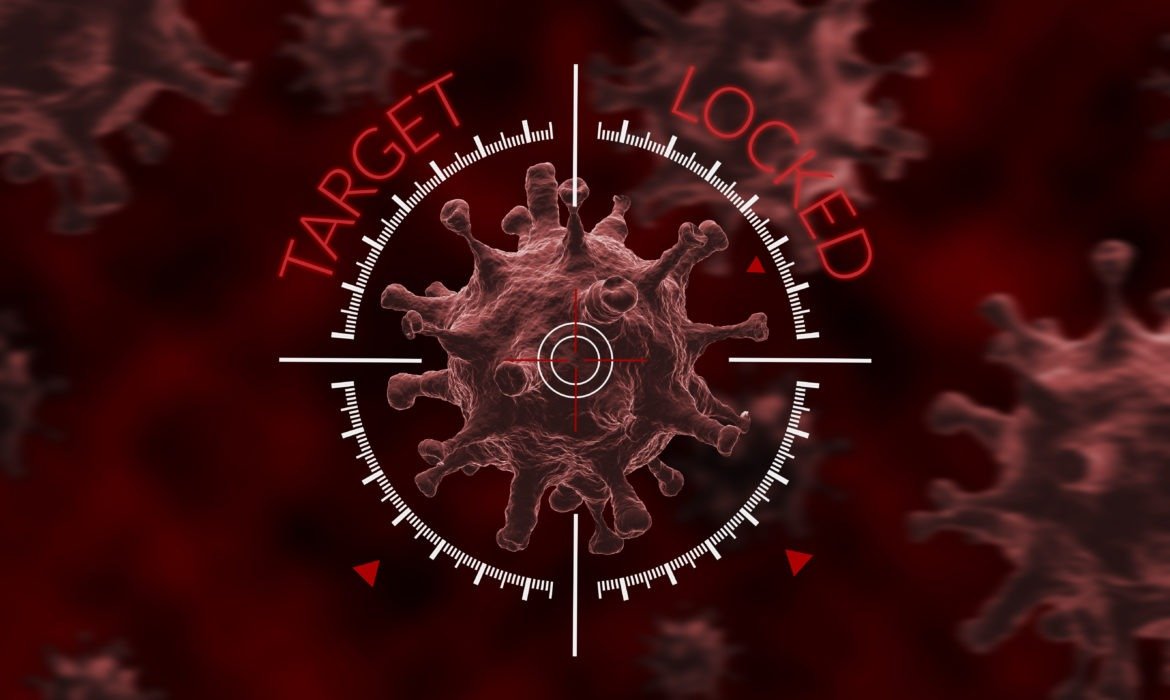Every problem looks like a nail for someone who has a hammer. Thus, the tech sector is hard at work hammering every nail it can find, as expected. They attempt to tackle the problem of potential coronavirus treatments. Nevertheless, the analytical prowess of the modern data ecosystem is especially scarce. The companies have immense computing resources. And they will most attempt to dedicate those resources in some way to the global effort to combat the virus.
These efforts are precious in some ways. For example, someone can apply the analysis of the context-aware text of Semantic Scholar to the Thousands of articles on known coronavirus. Thus, they will make it searchable by researchers around the globe. Moreover, digital collaboration tools are available globally to health authorities and research centers. They are leagues beyond where they were during the last health crisis of that magnitude (or rather, approaching).
Nevertheless, other efforts might give a false sense of progress. Drug discovery is the one field where tech and artificial intelligence have made significant advances. The numerous companies where founded, and they attracted hundreds of millions in funding. It is on the promise of using artificial intelligence for speeding up the process. Speeding up the process with which new substances that might influence a given condition.
For such work, coronavirus is a natural target. Already, some research organizations and companies are touting early numbers: 10 or 100 such substances, which might be effective against coronavirus. That is the news which companies are headlining “the artificial intelligence found ten possible coronavirus cures.”
- Check-out Myforexnews’ comprehensive Review on FBS Inc
Companies and their Efforts
The case is not that applications of artificial intelligence are bad, but it is instead that they belong to a set with few actionable outcomes. Your big data analysis of traffic undercuts or supports a proposed policy of limiting options in such and such a way, that is one thing. But if your report produces dozens of possible courses of action, then any of them might be a dead-end or even detrimental to current efforts, and that is quite another case.

Thus, these companies are tech companies, and byways of necessity part of their solutions once they do the proposal. Even to be excluded as a possibility, any given treatment lead requires a grueling battery of real-life tests, let alone to be found useful. Moreover, the drugs which proved already for other purposes will need to be re-tested. It is for this new application before they will be responsibly deployed at scale.
Furthermore, the novel substances are often the result of that type of drug discovery process. But that is not a guarantee to have a realistic path to the manufacturing even at the scale of thousands of doses, not to mention billions. And that is an entirely different problem.
These approaches are invaluable as a lead-generation mechanism. Nevertheless, the problem is not that they have no leads – it is what all the entire world can manage right now for following up on the points it started. Again, we mustn’t say no one should make the identification of drug candidates.
















